Wednesday, October 13, 2021
We made a stop in Jim Thorpe, PA on our way home from Buffalo, NY. Mauch Chunk was founded in 1818 as a coal mining company town by Josiah White, who also founded the Lehigh Coal & Navigation Company. In 1953-1954 Mauch Chunk and East Mauch Chunk merged and was renamed Jim Thorpe.
 |
Statue (2007, by Edmund E Shumpert)
of Jim Thorpe, who was voted the greatest athlete
of the half-century in 1950, and in 1963 was part of
the first group inducted in the NFL Hall of Fame |
James Francis Thorpe, a member of the Sac and Fox Nation, was born in 1887 in Indian Territory of the United States, now Oklahoma. He attended Carlisle Indian Industrial School in Carlisle, PA, where his athletic ability was recognized. He excelled in all sports; however, he was notably coached by Glenn Scobey "Pop" Warner in football, and track and field. Thorpe played minor and major league baseball, as well as professional football, including with the Canton Bulldogs, one of the teams that formed the National Football League in 1922.
 |
Tomb of Jim Thorpe, whose remains ended up in this town
because Oklahoma was too slow in creating a memorial |
After Jim Thorpe's death in 1953, his widow agreed to bring his remains to the town that renamed itself Jim Thorpe, partly in hopes of attracting the proposed pro football hall of fame to build here. Although Thorpe never visited the area, his tomb rests on soil from his native Oklahoma, New York’s Polo Grounds, and the Olympic stadium in Stockholm.
 |
Statue (2010, by Edmund E Shumpert)
of Jim Thorpe with a discus; Thorpe may be
most famous as the first indigenous person
to win gold medals in the Olympics |
Jim Thorpe participated in the 1912 Olympics in Stockholm, Sweden, winning the pentathlon and decathlon, the only Olympian to win both events in the same Olympics.
 |
The Spirit of Thunder and Lightning (1998, designed by
Kenrick N Higa, created by Vo-Tech School students) |
Jim Thorpe's Sac and Fox name was Wa-tho-huck, which means "Path lit up at night by a bolt of lightning."
 |
Jim Thorpe Station (1888, by Wilson Brothers
and Company, in Queen Anne style) |
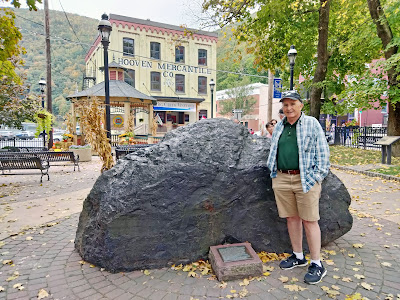 |
Kent stands in Josiah White Park with a mighty chunk of
anthracite, said to be 99 percent pure carbon |
 |
Carbon County Courthouse (1893, by Herman Riebe
in Romanesque Revival style) |
 |
Hotel Switzerland (1830) is the oldest
commercial building in Jim Thorpe |
Jim Thorpe, PA has been called the Switzerland of America because of its picturesque scenery in a mountainous location.
 |
| Soldiers and Sailors Monument (1886) |
 |
Asa Packer Mansion (1852-1861, by Samuel Sloan
in Italian Villa style) belonged to the businessman who
initially built boats and locks for the Lehigh Coal and
Navigation Company, then switched to building railroads |
Asa Packer was also active in politics and served two terms in the United States House of Representatives. He founded Lehigh University in 1865 in Bethlehem, PA.
 |
Harry Packer House (1874, by Addison Hutton
in Italianate style) was built for the son of Asa Packer |
 |
| Harry Packer Mansion stained glass windows |
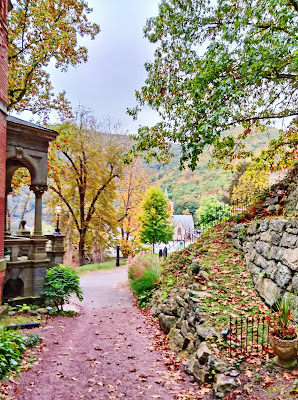 |
Harry Packer Mansion view into the
Lehigh valley, with beginning fall foliage (KSS) |
 |
Lehigh Coal and Navigation Company Building (1882,
by Addison Hutton with the latest fireproofing technology
and cast iron structural elements) |
 |
| Looking up Broadway in Jim Thorpe, PA |
 |
| 15 Broadway (1921) |
 |
| Mauch Chunk General Emporium (KSS) |
 |
12 Broadway (1863, as a bank)
is the Jim Thorpe Neighborhood Bank |
 |
The Inn at Jim Thorpe (1849, in "New Orleans" style)
at 24 Broadway |
 |
Dimmick Memorial Library (1889-1890, by J Rooney
Williamson, in Art Nouveau-influenced style) at 54 Broadway |
 |
| 52 Broadway (1934) |
 |
| 55 Broadway is an annex to The Inn at Jim Thorpe |
 |
| Dreisbach House (1899) at 62 Broadway |
 |
| 70 Broadway (1857) (KSS) |
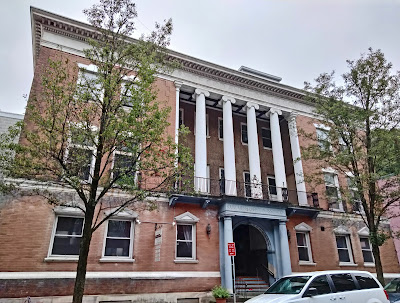 |
| Former YMCA Building at 69 Broadway |
 |
| 80 Broadway (1827, in Italianate style) |
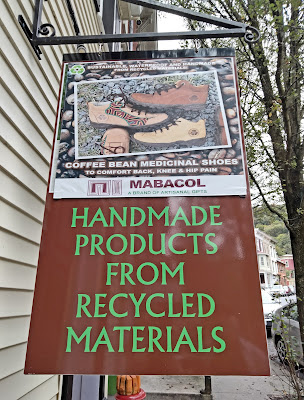 |
| What?! Coffee Bean Medicinal Shoes? |
 |
Mauch Chunk Opera House (1882, by Addison Hutton)
at 14 W Broadway |
 |
| Former Marion Hose Company (1856) at 16 W Broadway |
 |
24 W Broadway (1849) and former First Presbyterian Church
(1859) at 20 W Broadway |
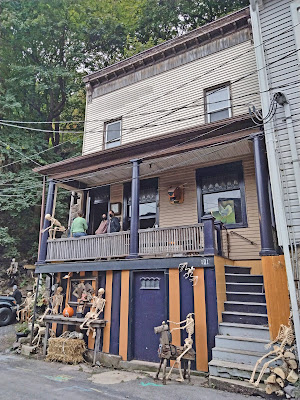 |
| 101 Race St (1868) |
 |
| More skeletons at 101 Race St |
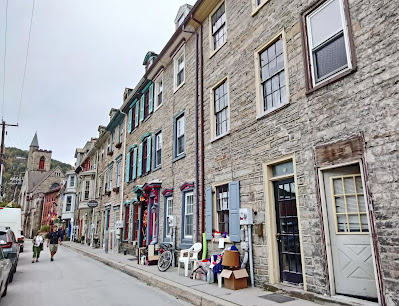 |
Stone Row includes 16 houses (early 1800s) built
by Asa Packer for engineers and foremen of the
Lehigh Valley Railroad; at 25-55 Race St |
 |
| Doorways of 51 and 53 Race St |
 |
| Door of 35 Race St |
 |
| Door of 24 Race St |
 |
| Decorations at Jingle Bells at 12 Race St |
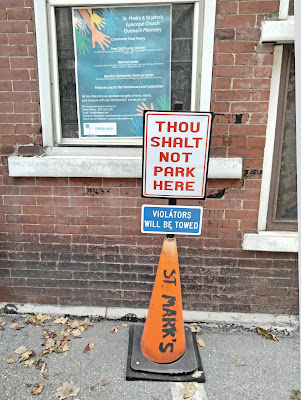 |
| Thou Shalt Not Park! |
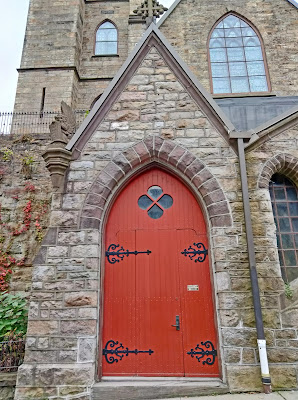 |
Doorway of St Mark's and St John's
Episcopal Church at 21 Race St |
 |
St Mark's and St John's Episcopal Church
(1869, by Richard Upjohn in Gothic
Revival style) |









































No comments:
Post a Comment